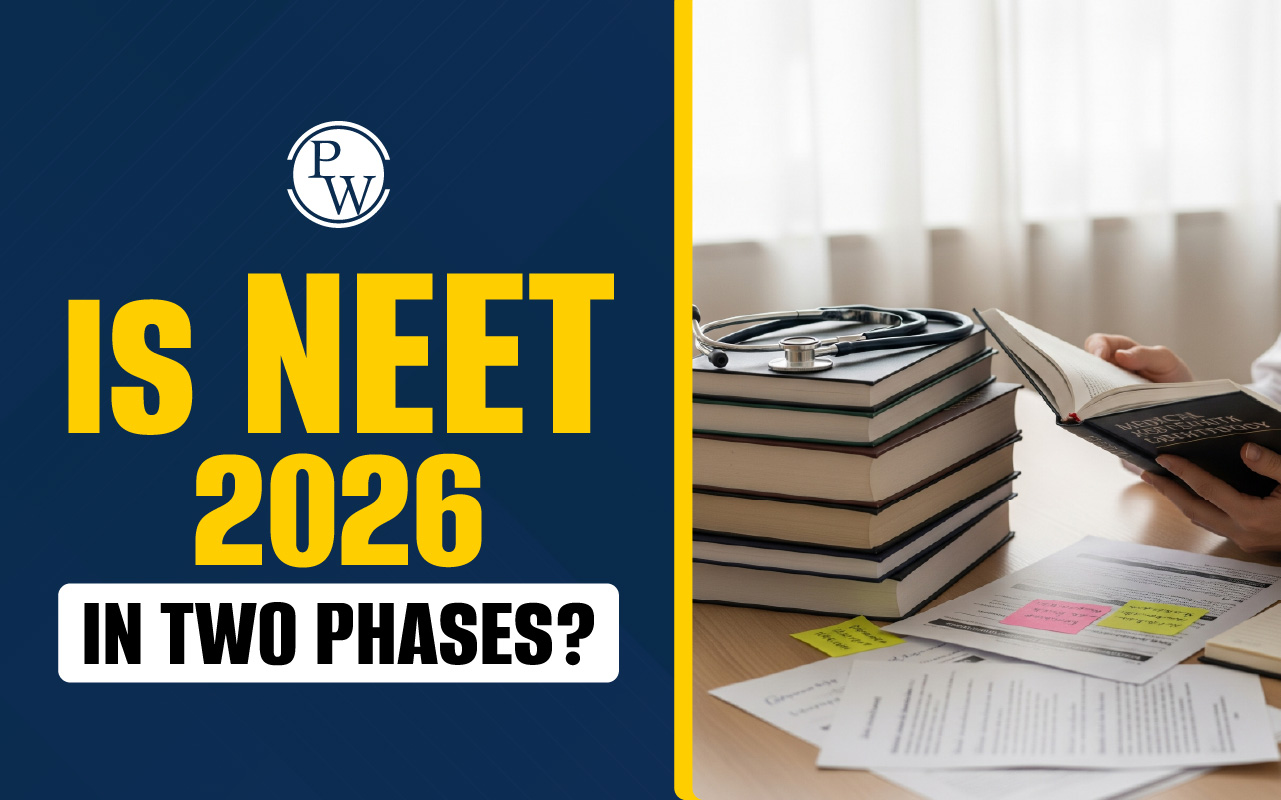
Gravitation Important Questions for NEET: Gravitation Important Questions for NEET is a key topic for the exam. It plays a fundamental role in physics by explaining celestial bodies, planetary motion, and various natural phenomena. Since multiple questions are asked from this chapter every year, thorough practice is essential for success.
Gravitation Important Questions for NEET Overview
Gravitation is the force that pulls objects toward each other. It is responsible for keeping planets in orbit around the Sun and for objects falling to the ground on Earth. This topic covers Newton’s law of gravitation, Kepler’s laws of planetary motion, acceleration due to gravity, and gravitational potential energy. Having a strong grasp of these concepts is necessary for scoring well in the NEET exam.
What is Gravitation?
Gravitation is the natural force of attraction between two objects that have mass. It is a universal force that acts on all objects in the universe. Sir Isaac Newton discovered the law of universal gravitation, which states that every object attracts every other object with a force that is directly proportional to the product of their masses and inversely proportional to the square of the distance between them.
|
Chapterwise Important Questions for NEET |
|
|
Electrostatic Potential and Capacitance Important Questions for NEET |
|
|
Breathing and Exchange of Gases Important Questions for NEET |
|
Practice Important Questions for Gravitation for NEET
In this article, some questions are provided for practice. These practice questions are part of the Prachand Batch 2025. You can download the full practice question PDF from here, which includes solutions. Each question also has a video solution available. You can scan the QR code mentioned below each solution to watch the video explanation.
Q1 If the distance between the centres of earth and moon is D and mass of earth is 81 times that of moon. At what distance from the centre of earth gravitational field will be zero:
- D/2
- 7D/9
- 4D/5
- 9D/10
Q2 Given below are three statements. Based on their truthness/falseness, choose correct option.
Statement I: Angular momentum of planets revolving around sun is conserved.
Statement II: The total energy of a satellite is negative.
Statement III: Linear momentum of planets revolving around sun is also conserved.
- Statement I, Statement II are incorrect, Statement III is correct.
- Statement I, Statement II are correct, Statement III is incorrect.
- Statement I, Statement III are incorrect, Statement II is correct.
- Statement II, Statement III are correct, Statement I is incorrect.
Q3 Three equal masses of 1 kg each are placed at the vertices of an equilateral triangle PQR and a mass of 2 kg is placed at the centroid O of the triangle which is at a distance of √2 m from each of the vertices of the triangle. The gravitational force, in newton, acting on the mass of 2 kg is:
- 2
- √2
- 1
- Zero
Q4 The mass of a planet is 1/10 th that of the earth and its diameter is half that of the earth. The acceleration due to gravity on the surface of that planet is:
- 19.6 m s⁻²
- 9.8 m s⁻²
- 4.9 m s⁻²
- 3.92 m s⁻²
Q5 Two particles of equal mass m go around a circle of radius R under the action of their mutual gravitational attraction. The speed v of each particle is
- 1/2 √(Gm/R)
- √(4Gm/πR)
- √(GM/2R)
- √(Gm/R)
Q6 Four particles of masses m, 2m, 3m and 4m are kept in sequence at the corners of a square of side a. The magnitude of gravitational force acting on a particle of mass m placed at the centre of the square will be:
- 24m²G/a²
- 6m²G/a²
- 4√6Gm²/a²
- Zero
Q7 A body weighs 72 N on the surface of the earth. What is the gravitational force on it due to earth at a height equal to half the radius of the earth from the surface?
- 32 N
- 28 N
- 16 N
- 72 N
Gravitation Important Questions for NEET PDF
If you need more practice on this topic, you can download the Gravitation Important Questions for NEET PDF from the link below. This PDF will help you understand the concepts better and score well in the exam. Each question is provided with a detailed solution in the PDF.
Download the PDF of Gravitation Important Questions for NEET
Practice Questions Now
Prepare for NEET with PhysicsWallah's NEET online coaching. Learn through easy-to-understand lessons and get help whenever you need it.
Gravitation Important Questions for NEET FAQs
Is gravitation important for NEET?
What is the definition of gravitation?
What are the 3 laws of gravitation?
What is the definition of gravity?










